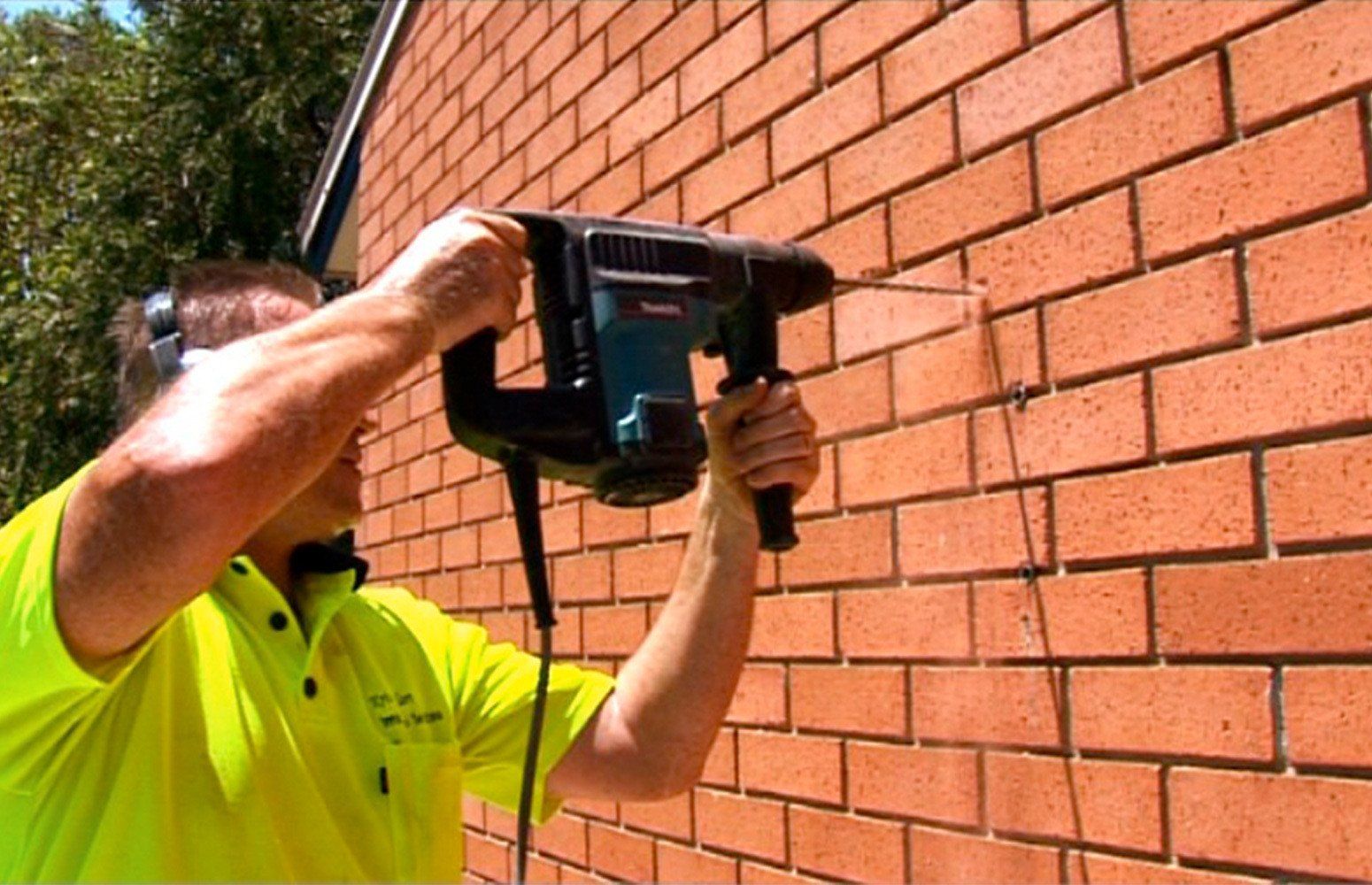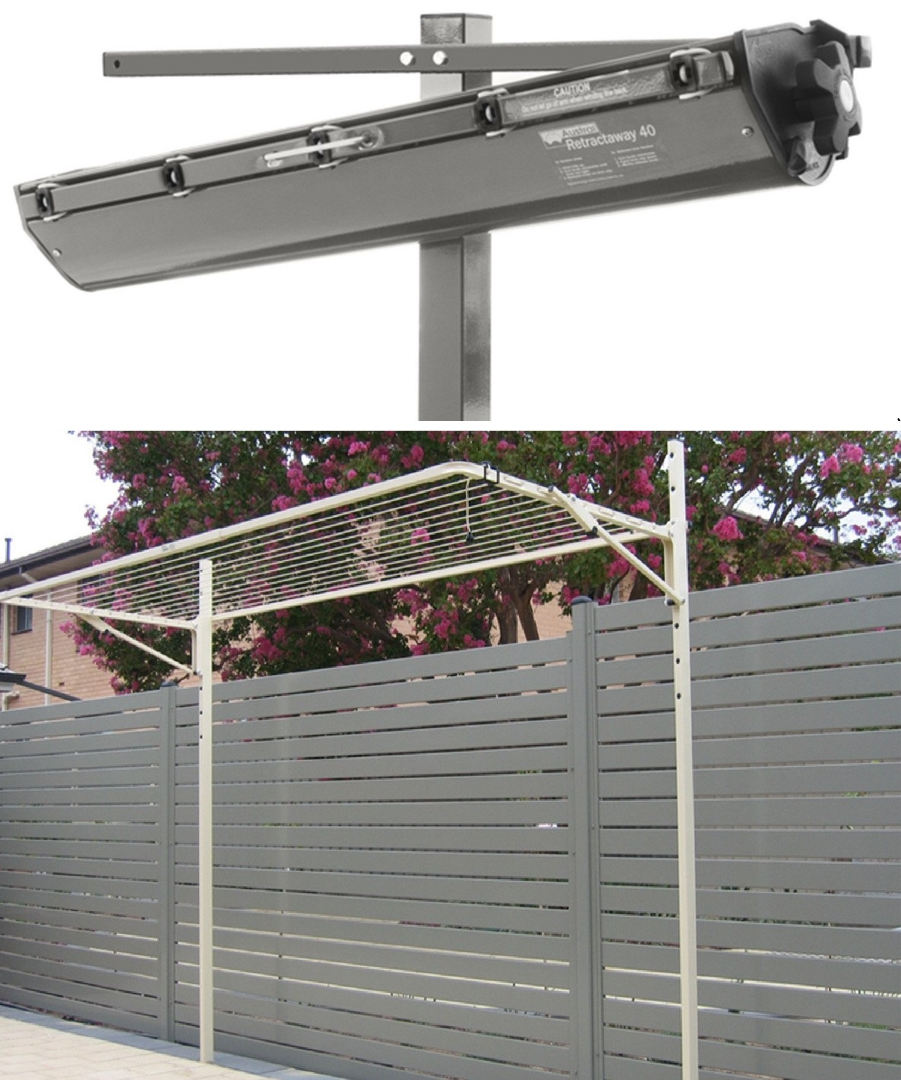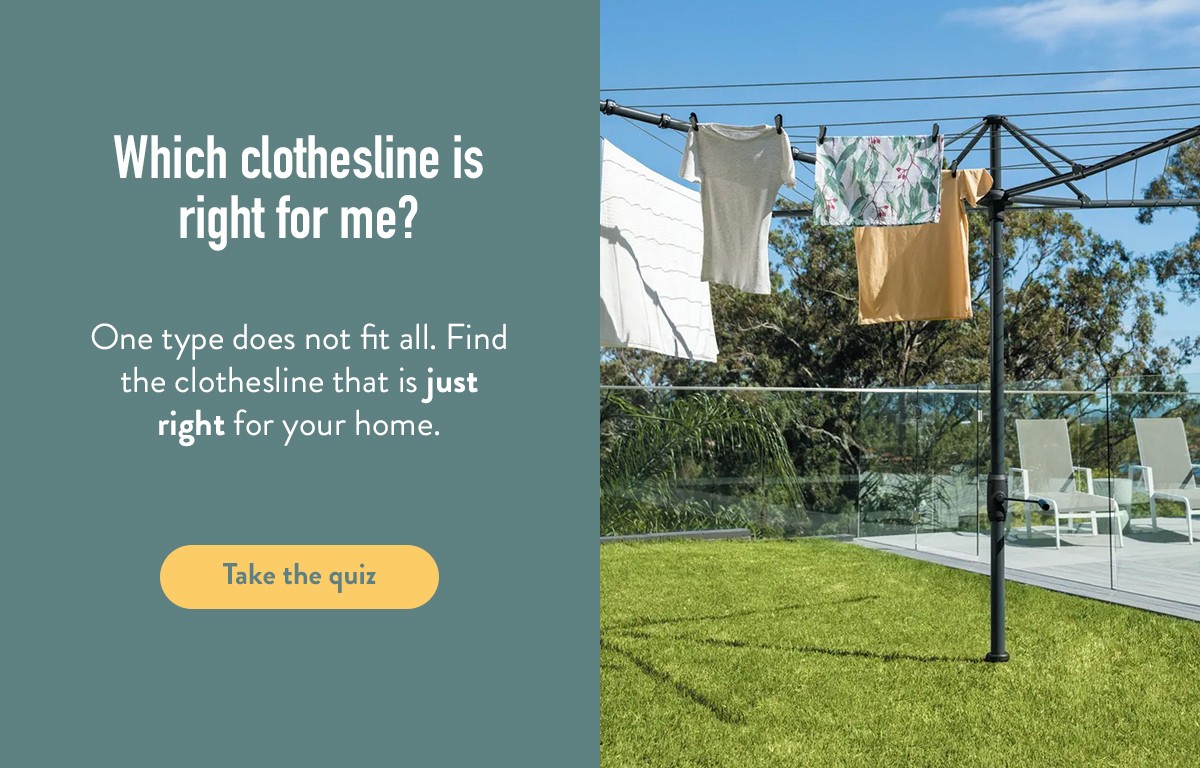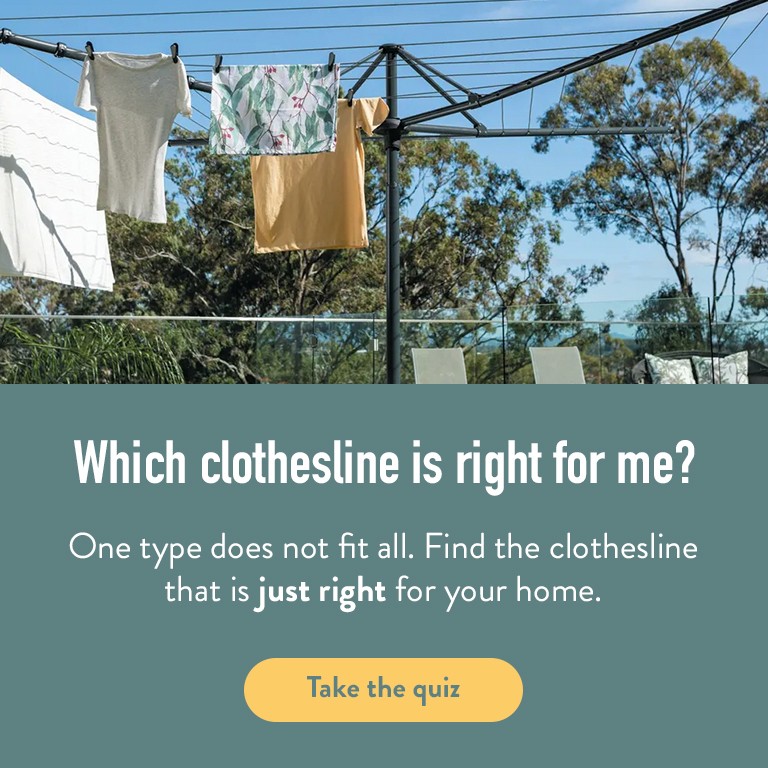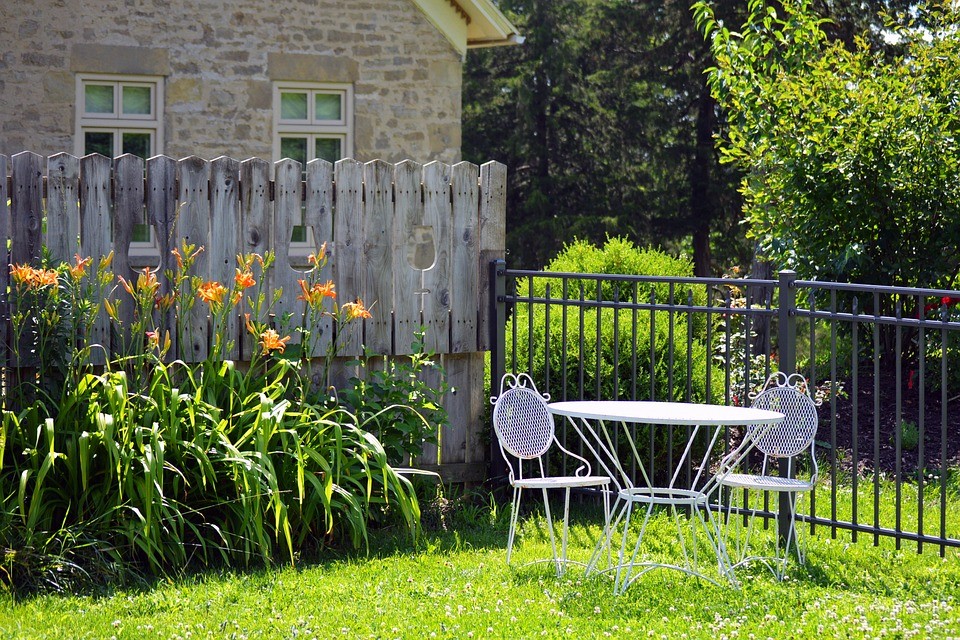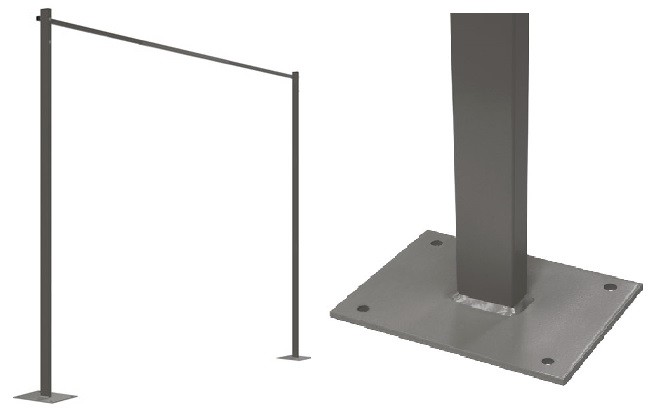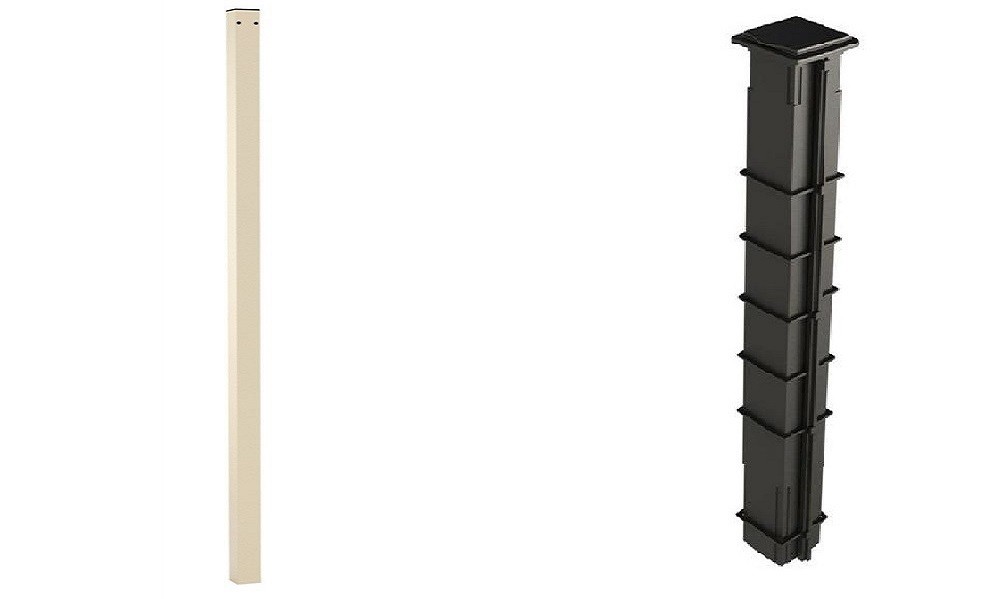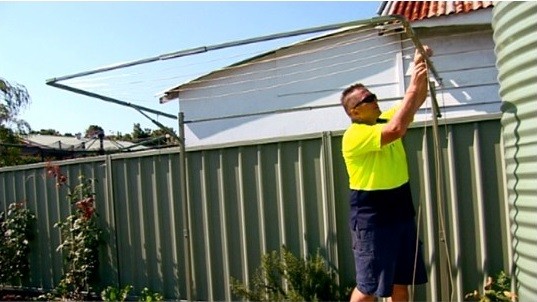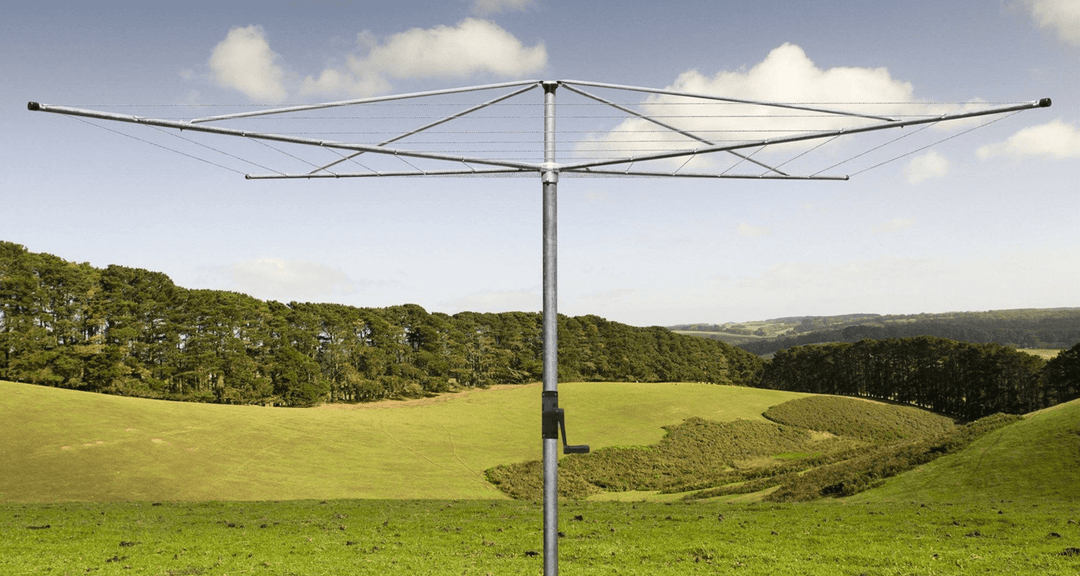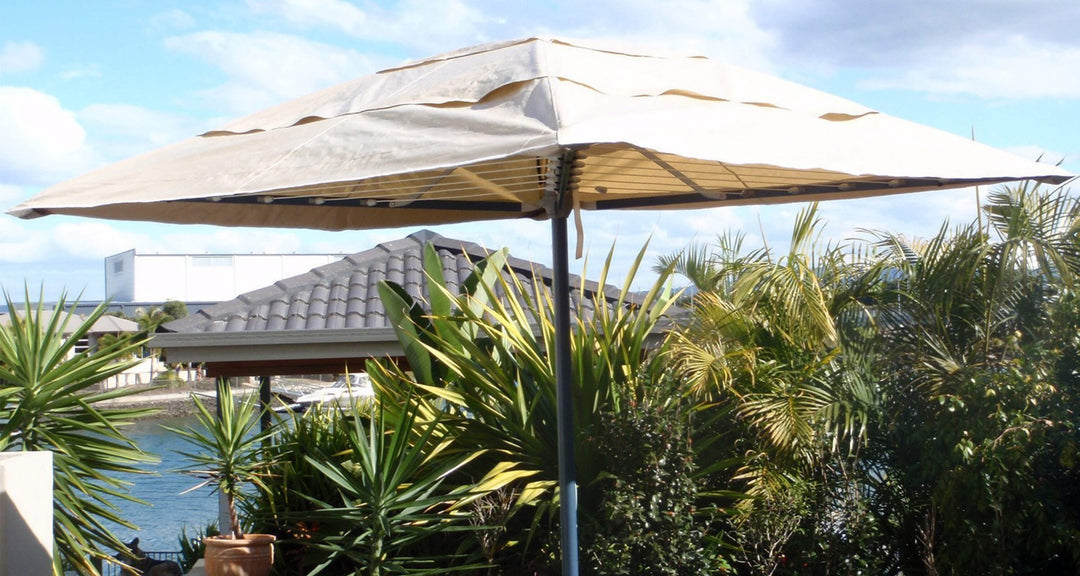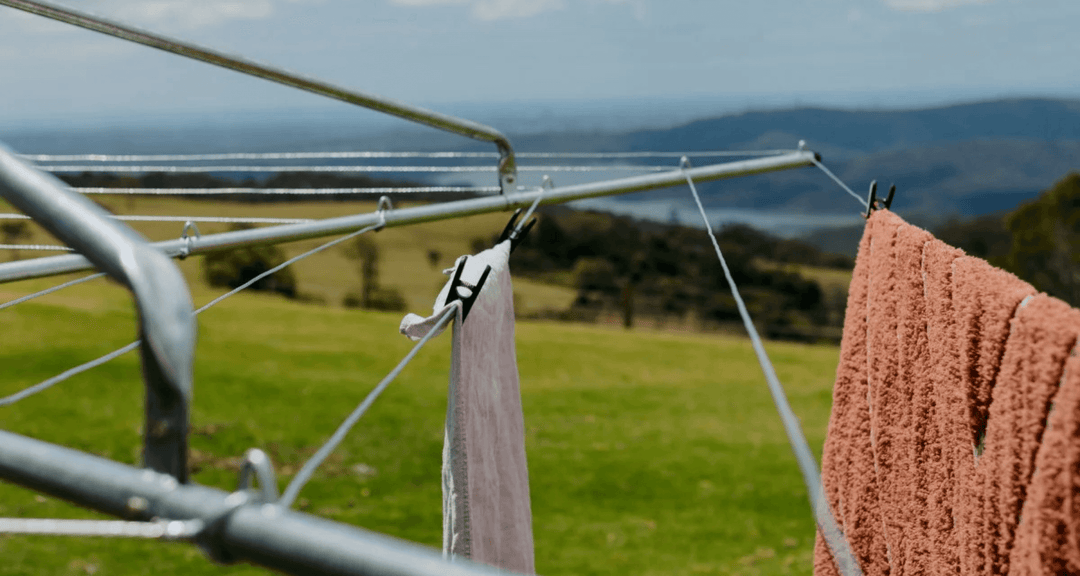5 TIPS BEFORE BUYING A FREE STANDING CLOTHESLINE
Here is the truth, many of us overlook the fact that our clothes are investments [they can get very expensive] we spend so much on our favourite brands of jeans and shirts so it is only natural for us to take care of them in order to prolong the life of the fabrics.
The thing is, all of us want to do that but with the least amount of effort possible, a consequence of this habit is we end up neglecting the garments.
Drying your clothes using a free standing folding clothesline in Australia is a good solution to this because not only will it lessen the wear and tear on your clothes compared to using an electric/gas dryer, it saves you a lot of money too.
It is apparent that most households in Australia nowadays seem to have wall mounted clotheslines in one form or another.
If you have already decided that free standing clotheslines will work better for you, we suggest reading on in order to find out some of the most important things to consider before buying a brand new free standing washing line.
There are a variety of free standing washing lines, mainly the traditional T-post, foldable hoists/traditional rotary hoists, folding, and the retractable versions.
For this article we’ve decided to focus our attention on folding and retractable clotheslines that are directly anchored to the ground since these two are very popular at the moment.
We came up with five important topics to discuss before you decide to drop the hammer on your new investment in order to set your expectations, make it easy to choose the right clothesline and mounting options, as well as help eliminate buyer’s remorse on your end.
The Real Deal
Let’s start with the ugly stuff so we can ease you into dealing with other significant aspects of getting a free standing washing line.
People who forego wall mounted units are usually the ones whose homes have outside panels that do not have the structural integrity to support heavy loads incurred by clotheslines or they simply do not want to ruin expensive surfaces like stucco or plaster.
If you belong to this group, you have two choices: You can opt for fixed or removable poles for retractable units while folding/fold-down units are (more often than not) secured permanently. We will tackle on the differences between the two later on.
Bear in mind that if you’re not a do-it-yourselfer, possible dilemmas might present themselves which include additional costs for the installation.
Free standing clotheslines
have significant advantages over wall mounted designs.
That on top of the initial cost of the clothesline, the process involves either digging into the ground or drilling into very hard masonry.
In-ground mounting using concrete footings may become more complicated due to the possibility of encountering big rocks or tree roots that may require a demolition expert in order to proceed with the installation, clearly, securing your free standing washing line directly onto a concrete slab is a simpler and possibly cheaper approach.
We are not dissuading you from opting for a free standing clothesline, these things have one significant advantage against their wall mounted brethren, after all, you can have them placed anywhere you want and that brings us to the next topic...
Where to Place Your Airer
Free standing clotheslines can be situated anywhere and that is a real advantage to those of you who have spacious backyards.
We always recommend that your airers be placed anywhere but near trees because not only might it affect the drying performance of your clothesline (due to the chances of sunlight being blocked).
Tall plants can wreak havoc on your clothes by means of hard-to-clean sap and resin which can find their way onto the drying lines.
It is also a good idea to keep your clothesline away from bushes and shrubs to minimise the odds of ants and other insects from ending up in your freshly laundered articles.
Open and spacious backyards are
perfect for installing free standing
clotheslines.
Have your airer installed in an area where they can be covered by a portion of your home’s eaves, underneath awnings or covered patios even if you have a sizeable outdoor space.
This way, you don’t have to worry about your clothes getting soaked when nimbus clouds suddenly drop by, these locations also offer the advantage of being able air out your laundry even if the weather does not permit—saving you money by not having to use your clothes dryer.
Just be mindful of exhaust vents that will wonderfully perfume your laundry with kitchen and bathroom smells (pun intended).
This also includes your clothes dryer exhaust port which is fond of blowing out lint and humid air.
Installing clotheslines underneath eaves helps shield clothes from rain and other particles
Soffits/eave vents are also something to pay attention too, despite having protective screens, moulds and other dirty particles thrive in your ceiling’s crawl space and during gusty days, these nasty stuff will definitely end up in your clothes if they are situated right under soffits.
Finding the perfect spot for your free standing washing line just boils down to four rules:
Find a breezy space with the best sunlight exposure.
Avoid any sort of ventilation or exhaust port.
Keep distance from trees and bushes.
Take advantage of covered areas while taking into account the first rule.
Retractable or Fold-down?
Both of these form factors can be transformed into free standing clotheslines by being directly anchored to the ground with the help of standard or plated ground mounting kits although not all manufacturers offer these for their products.
Soffits/eave vents are also something to pay attention too, despite having protective screens, moulds and other dirty particles thrive in your ceiling’s crawl space and during gusty days, these nasty stuff will definitely end up in your clothes if they are situated right under soffits.
Finding the perfect spot for your free standing washing line just boils down to four rules:
Find a breezy space with the best sunlight exposure.
Avoid any sort of ventilation or exhaust port.
Keep distance from trees and bushes.
Take advantage of covered areas while taking into account the first rule.
Retractable or Fold-down?
Both of these form factors can be transformed into free standing clotheslines by being directly anchored to the ground with the help of standard or plated ground mounting kits although not all manufacturers offer these for their products.
If you’re interested in a particular airer of this style and want it free standing, it is best to get in touch with the seller or the company to find out if it does have a compatible ground mount kit.
Retractable washing lines, like the Austral Retractaway 40, basically just have two main components, the cabinet which contains the cord as well as the reeling mechanism and the receiving bracket where you mount the drying lines when in use.
Plated ground mounts are faster and
significantly less labor-intensive to
install.
Folding-down clotheslines, like the Eco 300, is composed of just a simple metal frame with a hinge mechanism, the drying lines remain exposed and deploying them is easy as lifting the frame up.
The main advantage of Retractable clotheslines over their fold-down counterparts is how small they are which allows discreet implementations thanks to their compact aesthetics.
In the case of free standing clotheslines, however, users can choose to have the cabinet and receiving bracket on removable posts when not in use making it very convenient to unmount and portable,allowing the homeowner to make use of the space.
For fixed poles with concrete footings, the lines are deployed only when needed therefore in the event of a storm the lines won’t be much of concern since they are tucked away neatly, the same can’t be said for fold-downs.
Yes, fold downs’ cords are exposed all the time and depending on placement, damage from storms and such can be avoided completely but that’s all there is to it since its very simple design is what will beat a retractable’s anytime of the day.
Fold-down clotheslines may not be as much of a “portable” solution (it was never designed to be) but its folding design with simple locking mechanism is a fool proof formula that can stand the test of time, retractable units, while generally just as reliable, have additional parts that are often made from plastic.
A standard ground mount pole (left)
and a ground socket (right) allows for a more practical approach on mounting.
The line tensioning mechanism, springs, locks, latches/switches, and knobs are things you will not find in a fold-down clotheslines. More parts means more things to break.
We’re not saying that retractable washing lines are not reliable, even some fold-downs from a few manufacturers have plastic load-bearing parts that we are not fans of. It all depends on the manufacturer and model you buy.
You should always go for ones that have really good reliability track records when it comes to free standing washing lines.
Our next focal point is capacity, a free standing clothesline [no matter how great the location is] is no good if it won’t be able to handle whatever job you throw at it.
Most fold-downs offer a maximum of 20 to 40 meters worth of drying lines depending on the model, some can even exceed 50 meters with an optional low line attachment that is installed under the primary tier.
There are those which can be completely customisable too and made-to-order units can further exceed those limits.
A free standing folding clothesline with the drying line being threaded through the spreader arm/frame.
Retractable units top out at around the 40 to 50 meter mark too but it’s not just the line length or capacity that we need to talk about.
A lot of fold-down units that have around 30 to 40 meters of drying line divided to 8 or 10 like the ones from Eco or Austral Clotheslines and usually have a width of 3 meters by 1.5 meters of depth from the wall, imagine three to four full loads of laundry that needs to be aired out within that space, impressive isn’t it?
Retractable clotheslines are at an advantage here, though, an airer like the Retractaway 40 has 40 meters of line capacity at just around 800 mm of width which you may consider rather skinny but those 40 meters of cords are divided into five lines and extends out to 7 meters.
It covers a larger space than the fold-downs, yes, this you may or may not want but the end result is improved air circulation around the articles to help them dry quicker.
Retractable free standing washing lines cover a larger area than folding airers.
It’s up to you which you would rather choose, fold-down or retractable... both have their own set of pros and cons but it all depends on your usage and preferences really, there’s no wrong choice here, it’s only wrong if you pick a free standing clothesline that does not meet your demands.
Plated Ground-mount or In-ground?
We briefly discussed the options for types of clothesline poles above when going with a retractable model, as for the mounting methods, you have two choices:
Plated ground-mount
Pole with concrete base/footing
Plated ground mounts or poles with cement footings are the two ways to have your free standing washing lines put up, the first one is done if the mounting poles/kit will be on concrete or masonry flooring while the other is the method used to properly anchor a pole or post into the ground.
Plated ground mount has a bracket/metal plate at the end of the pole which have holes to accommodate fasteners, with this, less effort is involved because it will only require a little bit of drilling into concrete and there is not much that can go wrong.
Plated ground mount kits
only require drilling into
concrete so it is easier
and cheaper to install.
Another good thing about bolting your free standing washing line onto concrete is the chance of running into problems like digging into utility conduits are basically minimised.
These channels are used for delivering gas, power, and internet into your home can be a roadblock when it comes to in-ground installations.
As long as your plated ground mount is installed on a sold surface and the proper fasteners are used, you shouldn’t encounter any wobbling.
Removable poles require cement footings for the ground socket, the ground socket is secured into the ground, it often has a removable cover where you can insert the end of the pole and lock it in place.
If you are not capable of handling the installation yourself you can always check with the store if they offer installation service.
The qualified expert should be able to help you determine the best site for your free standing clothesline and properly get things done by using the right tools.
This also involves keeping proper distance from utility conduits, setting up the ground socket or cement footing to facilitate water drainage, etc.
Free standing washing
lines with cement
footings are less
susceptible to tilting.
This is really the only cons we see with free standing washing lines, they offer the best freedom in terms of choosing a location but take a bit more effort.
Ground mounting kits usually don’t come included with the clotheslines and installations can include additional costs depending on the difficulty or issues encountered during the process.
The Grand Finalé
With everything we have discussed, you now have a clear idea as to what kind of free standing washing line to choose and where to put it.
For good measure, let us quickly recall all of the most important aspects that we would our readers to focus on when buying a free standing clothes line:
1. Retractable washing lines are more discreet than fold-downs, provide better drying times due to the wider gaps between articles, has better mounting options, and can be virtually portable if both the cabinet and receiving bracket are mounted on removable posts.
2. Folding units offer huge capacity for the amount of space it consumes unlike retractable clotheslines, it has a simple mechanism to deploy the drying lines, has less parts that can break over time, and is easily situated under eaves.
3. It is best to have your free standing washing line installed by a professional to ensure the reliability of your investment and most often than not, stores that sell the products and offer the installation themselves make for a better after-sales experience.
So purchase your airer from an online channel or store that is reliable and has great track record for after-sales support so in case something goes wrong with your washing line or the mounting system fails to work as intended, they will be able to iron out the problems with very minimal effort on your part.
The very last thing we want you to know is always go for a well established brands, even if it is going to cost you a tiny bit more money. Free standing washing lines last for years and most of the time they last for decades, this is not something that you should skimp on.
There are many brands out there like Austral and Eco that offer the best bang for your buck, the really cheap ones will draw you in with the bells and whistles that you don’t need in order to hide the cheap build quality. You always get what you pay for.
Good luck with your free standing washing line and we hope that we have provided you with at least a general idea on how your needs, priorities, and attention to details will affect your buying decision.
 Fold Down
Fold Down

 Rotary Hoist
Rotary Hoist
 Retractable
Retractable
 Portable
Portable
 Ceiling Airer
Ceiling Airer
 Covers
Covers

